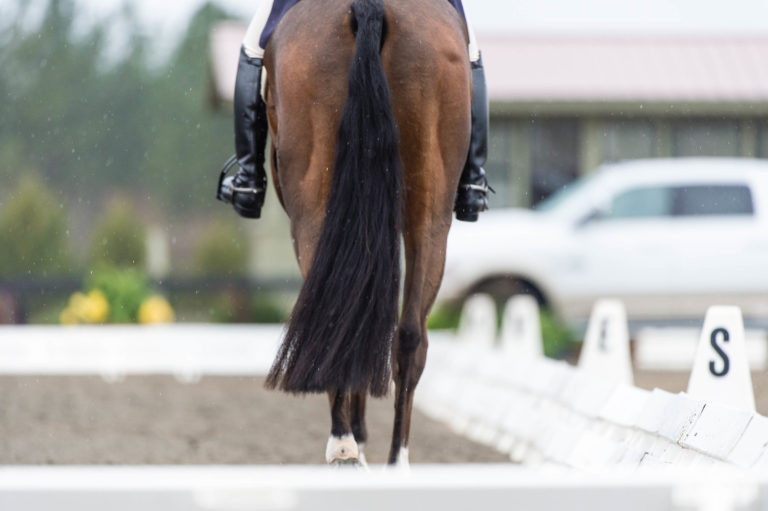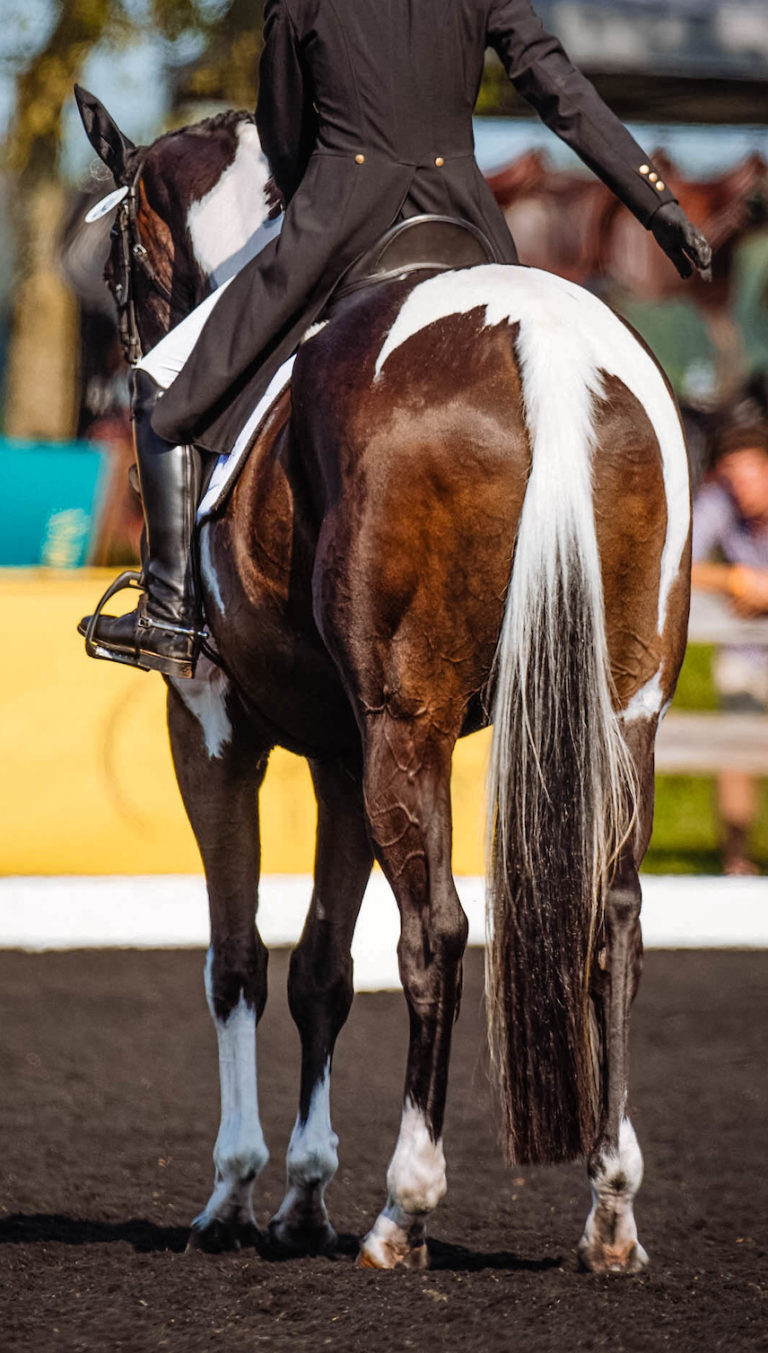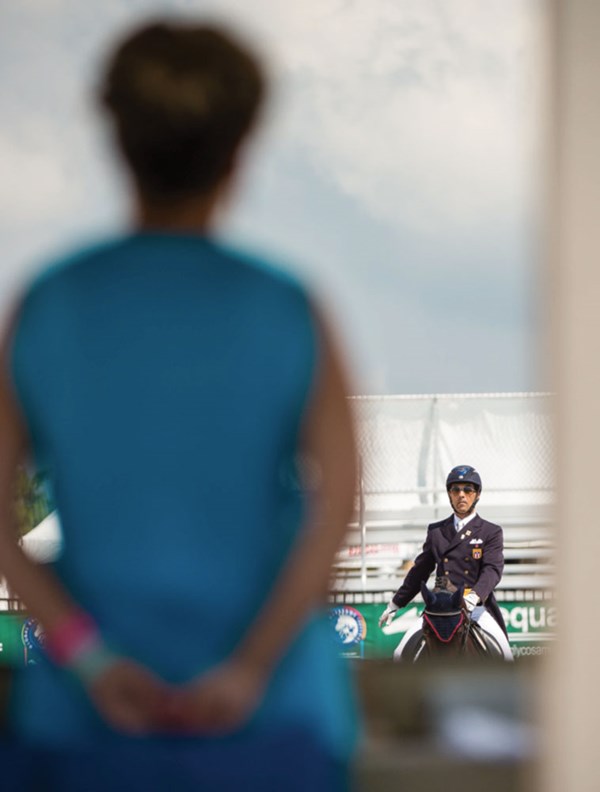
The United States has excellent programs for the education of its dressage judges. At the same time, the process of judge education should be no mystery to competitors and trainers because they can get the same education at the basic level. The “L” Education Program run by the USDF provides a systematic foundation for dressage judging. From there, additional training and testing programs run by the USEF build on that foundation as judges move up the levels until they’re licensed to officiate through Grand Prix in this country. Finally, the FEI takes over with training and testing programs for international judges.
With the “L” Education Program as its base, this comprehensive and cohesive approach to judge training makes the U.S. system possibly the best in the world. But it’s also a heavy commitment in time and money to go all the way through to graduation at each level, especially with travel to the locations where programs are held. Each of the four segments— “L,” “r,” “R” and “S” —can cost the candidate around $2,000 to $2,500, not counting travel and housing.
“We, by far, have the best judge programs in the world,” says Lois Yukins, who is chair of the USDF “L” Education Program and an FEI 4* judge. “It’s hard, but it’s expensive. I can’t think of a way around the expense.”
Needless to say, that cost can be reduced somewhat if a candidate can find programs close to his or her home base, but with a country as wide and diverse as ours, that can be a challenge in itself. The minimum amount of time it might take a candidate to go from “L” to “S” is, in theory, eight to 10 years. Usually it’s much longer than that because there are a lot of requirements to fulfill and because promotion programs often aren’t available when a candidate is ready to move up.
The “L” Education Program
The ABCs of judging start with the “L” Education Program, which has several goals: to provide insight into the techniques of judging for anyone interested in dressage; to prepare candidates who want to enter the USEF judge-training programs; and to provide continuing education for licensed USEF judges and “L” graduates.
The program has two parts and four sessions. The first part, “A Judge’s Perspective,” is open to all USDF members, with three weekend sessions on horse and rider biomechanics and judging criteria. The second part, “Candidate’s Evaluation,” is for those who plan to judge and is open to those with verified scores at Second Level or above. It involves practice judging full tests plus a written and practical exam.
It should be noted that the correct term for those who pass the testing is “L graduate” rather than “L judge,” because the USDF does not actually license judges. L-graduates are certainly well-trained, however, and are the mainstay for judging at schooling shows not recognized by the USEF.
The USEF and FEI Programs
The basic license to judge at USEF-recognized shows is the “r,” which Yukins says is a bit of a refresher of the “L”. Applicants need to pass the “L” exam “with distinction” (a higher score than just passing) within the past five years and must have obtained five scores of 65 percent or better at Fourth Level or above. In addition, applicants need 15 reference evaluations (at least 12 from USEF-licensed officials). Applicants also need to apprentice-judge for at least 22 classes at USEF-recognized shows, do online exercises and attend a national judge forum. The final tests are written, oral and practical.
The “R” program is similar in structure. Applicants must have held an “r” license for at least two years and judged at least 10 USEF-recognized shows. They also must have earned five riding scores of at least 65 percent at Prix St. Georges or above at USEF shows. They will then need to again gather 15 recommendations, do online lectures, sit as an observer at recognized shows, attend a national judge forum, apprentice-judge and, finally, attend training and testing programs.
Applicants for the “S” license must have judged as an “R” for at least two years and have five scores of 60 percent or higher at Intermediate II or above, with a minimum of three at Grand Prix. There are online lectures, another national judge clinic, apprentice-judging, a training program of four days and a final testing program that includes written, oral and practical components.
To become an FEI judge, a candidate must be nominated by his or her national federation, in our case, the USEF. Candidates must be younger than 57 because FEI judges have a mandatory retirement age of 70, have held the “S” license for at least two years and have judged in panel situations where there are two or more judges for one class. Candidates will apprentice and observe with FEI judges, then attend more training and testing programs.
Continuing Education
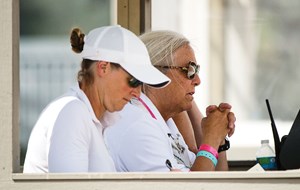
The education doesn’t stop with just the requirements to obtain a license. In order for judges to keep their license, they need to officiate at a certain number of shows each year and attend a national judge forum every three years. However, that’s just the minimum. Most judges attend the national forum more often and will also attend some other sort of educational program yearly, such as a regional forum over the winter or the USDF Trainers Conference.
Judging on a panel also presents a learning opportunity because the judges will often discuss the results afterward from their different perspectives—hearing someone else’s thoughts, not just their own. There are also additional programs available for judging dressage- seat equitation, Young Horse classes and freestyles, plus continuing education programs offered through the “L” Education Program. Dressage Sport-Horse Breeding is an entirely separate license and has its own education program.
Programs in Europe
It’s difficult to compare the programs in the U.S. to those in Europe for the same reasons that affect nearly every aspect of our dressage lives in this country: the size of the U.S. and the number of riders spread across 3,000 miles, not to mention Alaska and Hawaii. Germany, for example, has roughly the same number of shows as in the U.S., but they are packed in a space about the size of Texas. There are also, simply, a whole lot more competitors, so that some shows might have only two levels, with 100 riders in a class vying for eight ribbons, according to Axel Steiner, a member of the “L” faculty and a retired FEI 5* judge who still holds an “S” license in the U.S.
All those shows, in a relatively tight space, means that top riding can be seen without having to travel very far from home. At the same time, education programs are numerous and easy to reach, significantly reducing the time and cost. “The smallness of the environment means they can go to a lot of shows at little expense and get a lot of experience. You have to see good riding to calibrate your eye,” Steiner says. “Every time we talk about dressage here in the U.S., it comes down to the size of the country, plus in Germany ‘dressage’ is a household word.”
A lot of the education in the U.S. is similar to that in Germany and also quite different, Steiner says. He explains that Germany doesn’t have a centralized system like that of the U.S., and each of the 16 German states has its own hierarchy controlling equestrian sport. You work your way up through the state, not through the country.
Potential judges in Germany spend several years fulfilling basic requirements as they do here and take tests similar to those of the “L” Education Program. A judge candidate will then find a mentor as a guide through the process, so that it’s a bit of “who you know,” he says. The programs can be accelerated if you are a successful rider. The state organizations also have a tight hold on the judges, and they can discipline or even drop judges.
“Our ‘L’ Program is much more cohesive and comprehensive,” Steiner explains. “You have to go A–B–C before D, in a logical sequence. Our judge program is more systematic, so the end result is that everyone has to show proficiency at the beginning and all the way up.”
Another aspect of judge education in Europe is that the federations there provide the education for free beyond basic application fees. At the same time, judges in Europe are often volunteers, either working for free or a nominal amount, plus expenses. However, that has changed a bit in Germany recently.
“The U.S. has had impact on that,” Steiner says, “but judge fees there are still a fraction of what they are in the U.S.”
The systems of payment can vary as well. In Great Britain, for example, if judges elect to get paid, it’s per ride: 1 pound ($1.40 U.S.) for lower levels and 2 pounds for FEI levels. Payment in the U.S. is usually by the day, ranging from around $250 per day or less for a schooling show to around $500 per day for a senior judge at a USEF-recognized show, plus expenses. Foreign judges officiating at U.S. shows are paid the same as their American counterparts. At the same time, there is less travel involved in Europe, so someone could judge almost every weekend with relatively little disruption to his or her daily and professional life. In the U.S., a two-day show easily becomes a three- or four-day commitment with the travel days unpaid.
The numbers of judges in Europe are also much greater—there are more than 1,000 judges in Great Britain alone, compared to 230 right now licensed by the USEF—but there are also many more shows. Judges in Germany also officiate much more on panels than they do in the U.S. even at the lowest levels.
Outreach
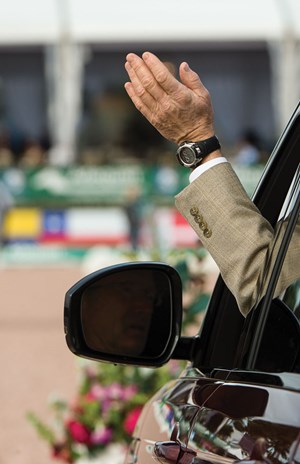
Dressage judging is really no mystery. If you want to figure out how judging works for yourself, the best way is to attend the “L” Education Program. “It’s such a good program, everyone should go,” Yukins says. “We try to do them in the off-seasons so that people have the time to go.” A list of the “L” Education Programs offered in 2016 is on the USDF website along with a wealth of materials available to those enrolled in the program or who already have a judge’s license. Even above the “L” level, finding out what judges in the U.S. know and how they learned it is accessible to anyone interested in dressage. Most local organizations run programs where members can ask questions of licensed judges about their methods and how that might affect showmanship. And then there’s scribing, where you’re in the box next to the judge and there’s usually time for questions right from the source.
What Do the Letters and Numbers Mean?
L – Graduate of the USDF “L” Education Program, qualified to judge at schooling shows.
r – “Recorded” judge (aka “small r”), licensed to judge at USEF shows through Second Level.
R – “Registered” judge (aka “large R”), licensed to judge at USEF shows through Fourth Level.
S – “Senior” judge, licensed to judge at USEF shows through Grand Prix.
3*– Licensed to judge at FEI international shows through the 3* level.
4*– Licensed to judge at most FEI international shows except Olympics and World Championships.
5*– Licensed to judge at all FEI international shows.
There are also additional designations for special USEF dressage classes, including Young Horse and Dressage Seat Medal.
What Are the Judges Reading?
This is the recommended reading list for the USDF “L” Education Program. Most books are available through the USDF website:
The Principles of Riding, The Official Instruction Handbook of the German National Federation
Advanced Techniques of Riding, The Official Instruction Handbook of the German National Federation
The Complete Training of Horse and Rider by Col. Alois Podhajski
Practical Dressage Manual by Bengt Ljungquist
Basic Training of the Young Horse by Ingrid and Reiner Klimke
The Way to Perfect Horsemanship by Udo Burger
Ecole de Cavalerie by Francois Robichon de la Gueriniere (audio book)
A General System of Horsemanship by William Cavendish, Duke of Newcastle
Balance in Movement by Susanne von Dietze
The View From C by Dr. Dietmar Specht (available through The Dressage Foundation)
The Art of Training, Lessons from a Lifetime with Horses (The Masters of Horsemanship Series, Book 2) by Hans von Blixen-Finecke
Dressage in Harmony by Walter Zettl
The Basics by K.A. von Ziegner
The Gymnasium of the Horse by Gustav Steinbrecht
Academic Equitation by Gen. Albert Decarpentry
The Classical Rider by Sylvia Loch
Simplicity of Dressage by Johann Hinnemann and Coby van Baalen
The Dynamic Horse, a Biomechanical Guide to Equine Movement and Performance by Dr. Hilary M. Clayton
Riding Logic by Wilhelm Museler
Real Life Dressage by Carl Hester and Polly Ellison
Dressage: A Guideline for Riders and Judges by Wolfgang M. Niggli
Tug of War: Classical Versus ‘Modern’ Dressage by Gerd Heuschmann
Biomechanical Riding and Dressage: A Rider’s Atlas by Dr. Nancy Nicholson
Selecting the Dressage Horse: Conformation, Movement, Temperament by Dirk Willem Rosie
FEI Dressage Handbook: Guidelines for Judging by Fédération Équestre Internationale Through the Eye of the Judge (DVD) with Stephen Clarke
Margaret Freeman, of Tryon, North Carolina, is a USEF senior dressage judge and an FEI-level competitor with her Friesian-cross mare. She’s a freelance writer/editor for horse magazines and covered the equestrian events at seven Olympics for the Associated Press. She is the secretary of the USDF Executive Board and is active with youth dressage activities, including Dressage4Kids Inc. and Lendon Gray’s Youth Dressage Festival. She’s an experienced show organizer and was on the founding committees of CDCTA and Dressage at Devon.







